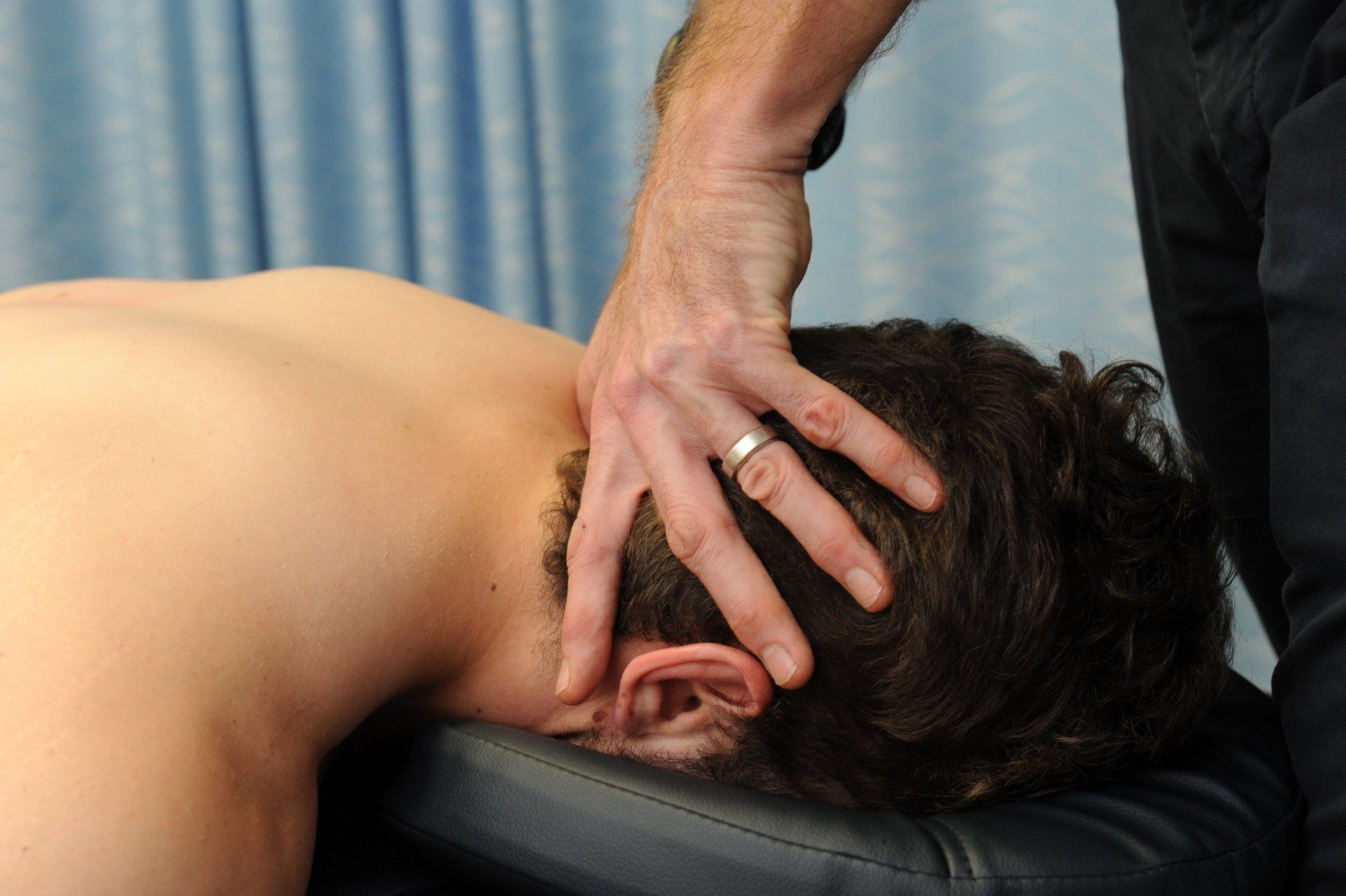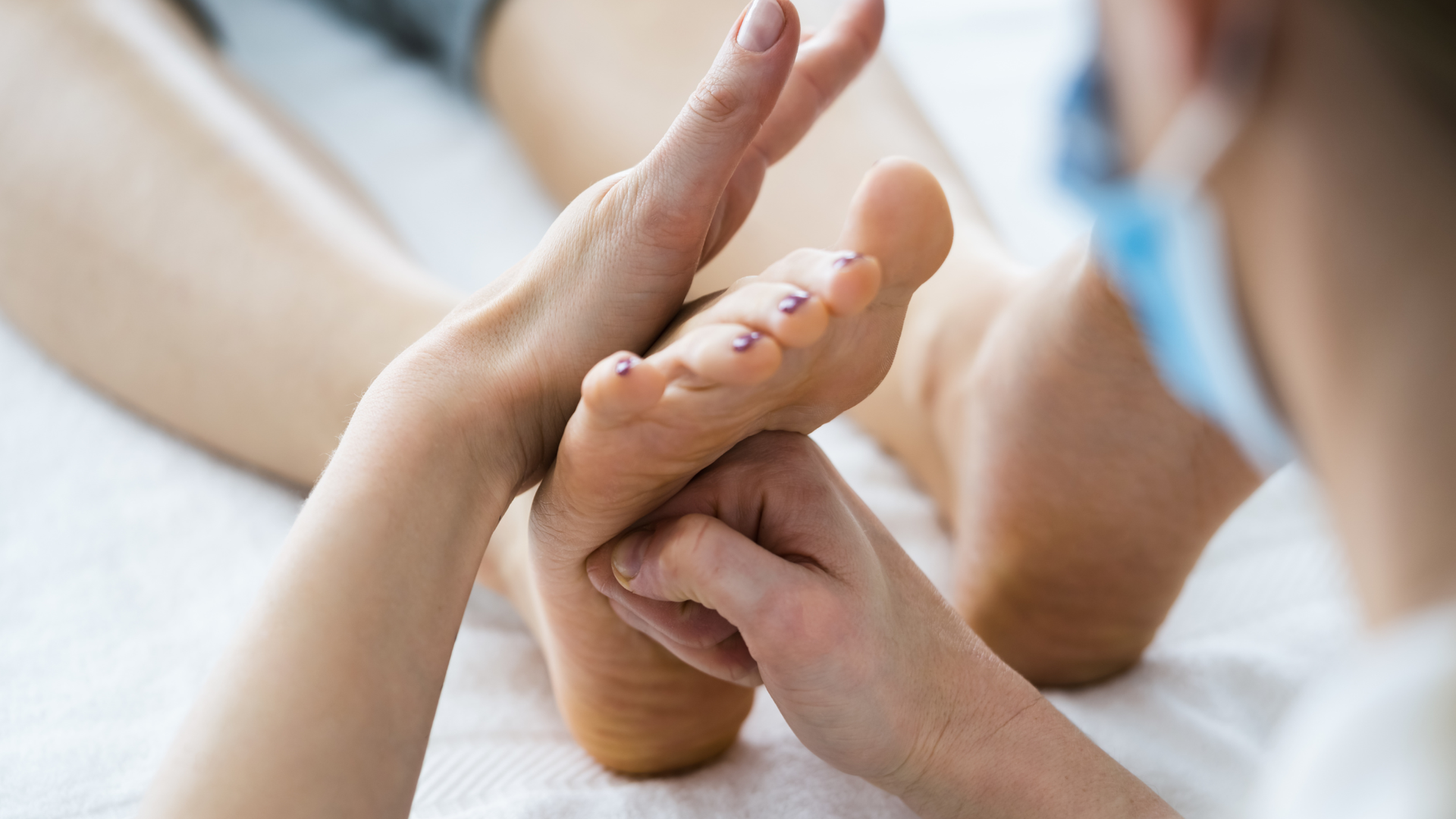Wrist - Distal Radial Fracture
A common injury that needs a considered approach

Distal radial fractures are one of the most common fractures of the body, accounting for approximately 25% of all fractures in children and 20% of all fractures in the elderly. Like many common injuries, rehabilitation of distal radial fractures is often overlooked or downplayed, with many practitioners taking the simplistic view of “it’ll get better with use”. The reality is that wrist fractures can be simple or complex, injured in isolation or with concomitant injuries and, in rare instances, be associated with prolonged symptoms, functional limitations and the development of complex regional pain syndrome. Much better idea to manage that injury with a plan!
What is a distal radius fracture?
There are two bones in forearm spanning the area from the elbow to the wrist - The radius is located on the thumb side and the ulna on the little finger side. The distal radius is the part of the radius that connects to the wrist joint. Check out this little diagram courtesy of Netter's Atlas of Anatomy. When the radius is broken near the wrist, it is known as a distal radius fracture. In kids, it is often referred to as a greenstick fracture, as growing bones are more plastic and flexible. The older we get, the harder our bones become, and the results a little more challenging to manage.
Oh, FOOSH!
A break in the distal radius commonly involves falling on an outstretched hand (yep, a FOOSH). A trip, a slip, a loss of balance, and the hand is thrown out to break the fall. Unfortunately, it's not always the only thing it breaks. They can also result from high impact trauma such as a motor vehicle, bike or a skiing accident.
Depending on the direction the radius breaks, it is referred to as either a Colles or a Smith’s fracture, named after the clever people who first classified them. A Colles fracture normally results from direct impact to the palm of the hand. This is a classic FOOSH, such as occurs when you use your hands to break a fall. In this instance, the broken end of the radius shifts dorsally, or toward the back of the hand. They are also called a dinner fork or bayonet fracture due to their appearance on x-ray. A Smith’s fracture is less common. They generally result from an impact to the back of the wrist. The end of radius typically shifts volarly, or toward the palm of the hand. Click here to see an example of a Smith’s fracture.
Is it busted?
Not all distal radial fractures are obvious initially. Kids in particular can have greenstick fractures where movement and function remain OK. The mechanism of injury is usually a good indicator that the wrist might be fractured. Other symptoms to look out for are:
- Immediate pain in the wrist
- Bruising and swelling
- Deformity
- Difficulty moving the wrist
An x-ray will confirm a fracture, what type it is, and assist in guiding best practice care.
If it ain’t broke, don’t fix it, but if it is…
Multiple factors need to be considered when deciding on how to treat a distal radius fracture, including:
- Whether the bones are out of place (displaced fracture)
- Whether there are breaks in multiple places (comminuted fracture)
- Whether the fracture extends into the wrist joint (intrarticular fracture)
- If the bone has broken the skin (compound fracture)
- Whether there are concommitant injuries such as an ulna fracture or injury to the median nerve (multi-trauma injury)
In any case, on presentation to emergency the fracture is usually treated with a splint for comfort and pain control. If the fracture is displaced, it is reduced (put back into the correct position) before it is put into a splint.
Nonsurgical Treatment
The majority of distal radius fractures are managed nonsurgically. The fractured limb is placed in a cast or a splint that remains insitu for up to six weeks. X-rays are taken at the 2-3 week mark to ensure the bones are in the correct position and that healing is occurring.
There are some really cool splints these days, like the Donjoy Exos splint, that allow you to get the splint wet, swim, even participate in some sports (I once saw someone snowboarding in a Exos splint). Best to get some expert advice on these though.
During the first six weeks physiotherapy can provide you with exercises for your fingers, elbow and shoulder to ensure range of motion is maintained. Once the cast is removed, physiotherapy can help you regain proper wrist function and strength.
Surgical Treatment
Surgery is used when fractures are unstable and cannot be treated by a cast alone. Broken pieces of bone are put back together and held in place with metal plates and screws. After surgery, a fixed splint or cast is required for the first two weeks and then changed for a removable splint which is normally worn for another four weeks. It is important to start with physiotherapy early in order regain wrist function and strength. Early range of motion is key to achieving the best outcome after surgery.
Rehabilitation and Return to Activity
In the vast majority of cases people return to all their former activities after a distal radius fracture. The severity of the fracture, the timing of treatment and rehabilitation and the body’s response to treatment all contribute to the outcome. In some cases, you can have permanent limitations in function after a distal radius fracture, but this is the exception, not the rule.
Most people will have stiffness in the wrist which generally lessens in the months after the cast or splint is removed. This stiffness continues to improve for up to two years. Light activities such as swimming can usually be started once the cast is removed. Vigorous activities such as football usually can be resumed between 3 and 6 months after fracture.
The Take Home
Distal radial fractures are common, and when managed well generally have great outcomes. Early assessment and management of fractures is critical to ensure good bony alignment is achieved. Give the bone time to heal, but once you’re out of that cast or splint, do a solid stint of physiotherapy to ensure full functional wrist movement and strength is regained.
Have you recently fractured your wrist?
Do you want better wrist function now and in the future?
Give us a call. We love wrists and we love helping people with all sorts of wrist problems get back to doing what they enjoy most.








